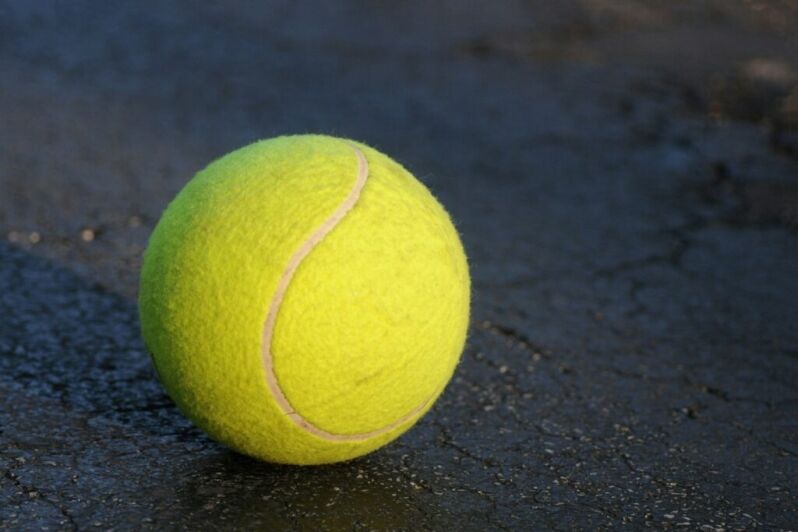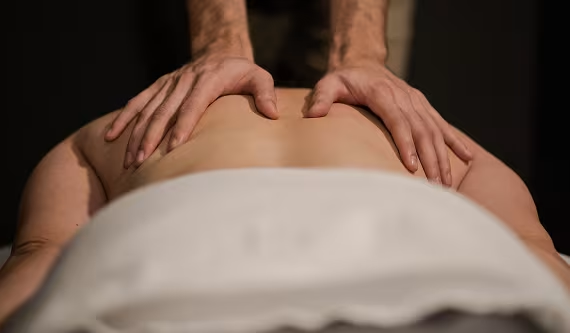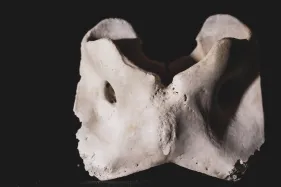Reclaim Your Active Lifestyle: A Simple Fix for Heel Pain
Did you know that plantar fasciitis affects 1 in 10 people during their lifetime? For active individuals in Edmonton and Sherwood Park, this common foot issue can make staying mobile and pain-free a real challenge. If you’ve ever felt that sharp heel pain first thing in the morning or after a long workout, you’re not alone.
The good news? Relief might already be in your gym bag. Using a tennis ball for plantar fasciitis is one of the simplest and most effective ways to manage the pain and encourage healing. In this guide, you’ll learn how to use this technique safely and effectively—and when to seek professional help for lasting results.
What Is Plantar Fasciitis and Why Does It Hurt So Much?
Plantar fasciitis happens when the plantar fascia—a thick band of tissue that supports your foot arch—becomes inflamed. This inflammation causes pain, often centered in the heel, and is usually worse after periods of rest, like first thing in the morning.
Common causes include:
- Repetitive activity like running or jumping
- Standing for long hours
- Wearing unsupportive shoes
- Tight calf muscles or Achilles tendons
- Sudden increase in activity levels
If you’re experiencing this pain consistently, it’s worth exploring options like tennis ball massage and professional support to prevent it from getting worse.
Learn more about plantar fasciitis from the Mayo Clinic

Why Use a Tennis Ball for Plantar Fasciitis?
Rolling a tennis ball under your foot offers gentle, targeted pressure that helps release tension in the plantar fascia. This technique increases blood flow, improves mobility, and can reduce inflammation when done consistently.
Using a tennis ball for plantar fasciitis is also a budget-friendly and accessible solution—you can do it almost anywhere, from your living room to the gym.
How Long to Roll Tennis Ball for Plantar Fasciitis
One of the most common questions is how long to roll a tennis ball for plantar fasciitis without overdoing it.
Here’s a simple guideline:
- Start with 3–5 minutes per foot
- Roll 2–3 times daily, especially after activity or first thing in the morning
- Apply gentle pressure—enough to feel relief but not pain
As your body adapts, you may increase the session length gradually, but always listen to your body and avoid rolling on inflamed or tender areas for too long.
Step-by-Step: How to Use a Tennis Ball for Foot Pain
Follow these steps to get the most out of your tennis ball plantar fasciitis routine:
- Find a seat: Sit comfortably in a chair or on the edge of a bed.
- Place the ball: Put a tennis ball under your bare foot.
- Start rolling: Roll your foot slowly from heel to toe, adjusting pressure as needed.
- Target trouble spots: Pause and hold over sore areas for 15–30 seconds.
- Repeat: Switch feet and repeat if both are affected.
This easy technique can be combined with other foot care strategies for maximum benefit.
Combine Tennis Ball Massage With Professional Therapies
While tennis ball massage offers relief, pairing it with expert care often speeds up recovery. At Athlete’s Choice Massage, we help clients in Edmonton and Sherwood Park find long-term relief with services tailored to active lifestyles.
Here are some highly effective therapies that work alongside tennis ball massage:
- Deep tissue massage for foot pain
- Therapeutic foot massage for plantar fasciitis
- Shockwave therapy for chronic heel pain
- Manual osteopathy for better mobility
We also help guide your home care strategy so you’re not relying on guesswork when managing your condition.
Real Relief for Active Lifestyles
If your foot pain is stopping you from enjoying your hikes, workouts, or even simple daily walks, you don’t have to wait for it to go away on its own.
Our experienced team at Athlete’s Choice Massage works with runners, walkers, gym-goers, and busy professionals across the region. Whether you visit our South Edmonton massage clinic or Sherwood Park massage location, you’ll get a personalized approach that supports your goals and your lifestyle.
See how foot massage benefits recovery – Healthline
Prevent Future Flare-Ups
Once you’re feeling better, these daily habits can help prevent plantar fasciitis from coming back:
- Wear shoes with strong arch support and cushioning
- Stretch your calves, hamstrings, and feet regularly
- Avoid standing or walking barefoot on hard surfaces
- Ease into new workouts gradually
Consistency is key—especially with recovery and prevention. Incorporating tennis ball massage and professional treatments into your weekly routine can make a big difference.
Stay Active Without the Pain
You don’t have to choose between staying active and managing pain. Using a tennis ball for plantar fasciitis gives you a practical tool you can use daily. When combined with the right guidance and treatment from the Athlete’s Choice Massage team, you’ll be well on your way to long-lasting relief.
If you’re in the Edmonton or Sherwood Park area and ready to stop letting plantar fasciitis slow you down, our expert therapists are here to help you move forward—pain-free and stronger than ever.





